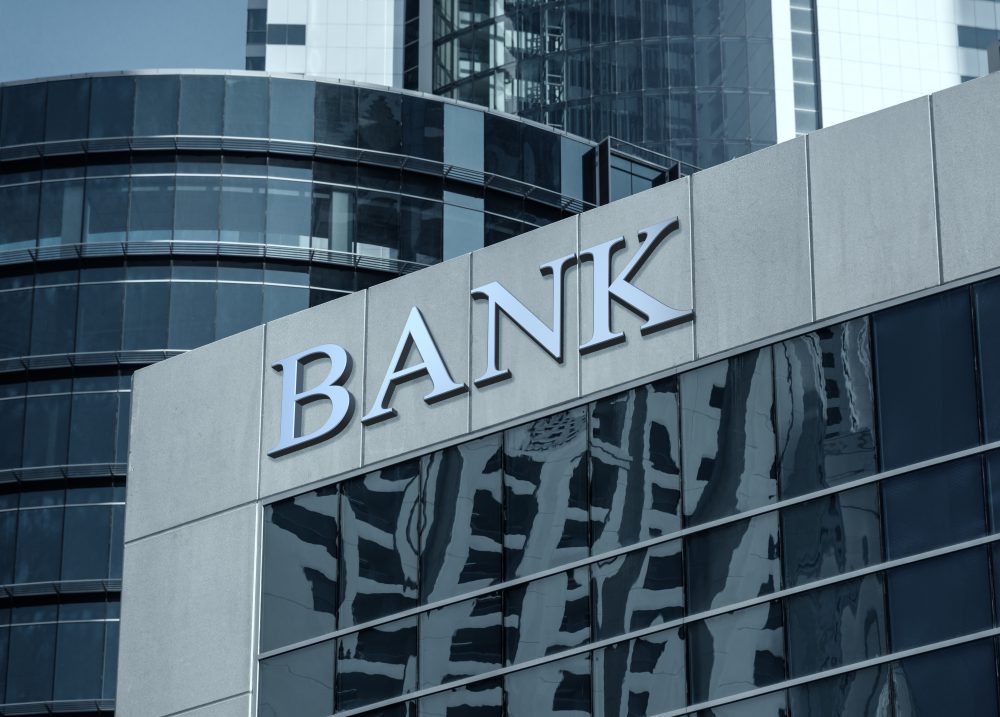05.29.19
Why Commercial Real Estate Developers Need to Embrace A “UX” Mindset

In the website design world, UX stands for “user experience” and describes the process of creating meaningful and memorable experiences for its users. Real estate developers would be wise to take a closer look at the user experiences of their buildings and to make improvements that enhance the overall experiences of not only prospective renters but also current residents.
Let’s use a website as an example. Websites are in constant change and keep adapting to the latest design trends and website accessibility features. Good website designers and developers constantly review all aspects of the website to achieve optimal performance for the overall user experience. Although the intent is for all users to come to the main landing page to begin their website experience, it’s not unusual for visitors to enter the site through secondary pages from online searches, other page links and social media.
Value-add investors would benefit from performing the same level of scrutiny on their existing and newly acquired properties. Similar to website designers, real estate investors focus on the main entrance to their “site” and their intended lease path, through the property. The leasing path often receives a significant amount of time, energy, and design dollars whether it’s enhancing the lobby, community space or rooftop amenity space.
But not everyone comes to your property through the main entrance, everytime. After prospects turn into residents, they often have multiple choices regarding how they access your property.
I’ve seen too often rear entrances, corridors, laundry areas and loading docks largely neglected although residents interact with these areas all the time.
Residents will often not see these areas during the initial lease visit but will frequently interact with these areas after the lease has been signed. Each property is unique and it’s imperative to address, update and enhance the areas that your residents frequently interact with to improve their daily experiences with the spaces. The residents have already been sold on the high number of benefits of residing at your property, and improving these areas will lead to higher retention rates and resident engagement.
Improved property “UX” can be the trick to differentiate your property in a highly competitive market from the competition.
